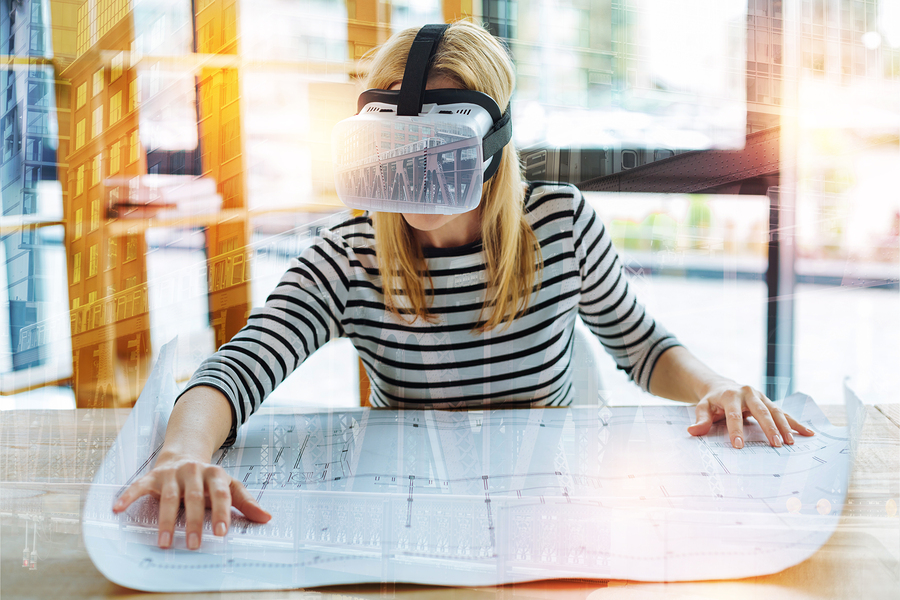When the GAFAs (understand: Google, Apple, Facebook and Amazon) of this world began to invest billions in virtual reality technologies, companies and consumers quickly realized that a small revolution was looming on the horizon. What are the ins and outs of this phenomenon?
Concepts and figures to know
For ordinary people, it is not always obvious how to distinguish virtual reality (VR) from augmented reality (AR). The first concept allows the user, equipped with a helmet, to live a totally immersive experience that transports him into an imaginary world in 3D in which images and videos are projected and with which he can interact. AR, meanwhile, makes it possible to augment the real world with virtual information that the user can access through special eyeglasses, a computer or even a smartphone. The global VR market is poised for a meteoric rise, according to a study by the IDC company, which expects global revenues of $3.3 billion in 2015 to grow to $100 billion by 2020, before reaching $165 billion in 2022. If such figures are possible, it is because no sector of activity is spared from AR.
VR for all and for the best
Driven to the front of the stage by video games, VR today relates to all sectors and all disciplines: real estate, health, manufacturing, aviation, engineering, defence, education, distribution… Thus, resorting to VR for continuing education is beneficial both for the organization (increased efficiency with fewer trainers) and for the learner (greater motivation, better retention of knowledge). Similarly, this technology is ideal for designing digital factories and thus allowing ergonomists and industrial designers to identify difficulties that user could encounter in performing their tasks and to remedy them ahead of time, thanks to simulation of the environment in which virtual models come to life. The latest example of promising VR is in 3D applications that can improve a person’s perceptive and cognitive capacities and also treat neurological diseases (the neurotracker) and associate information from sensory or motor stimulation with a patient’s brain to improve perceptual and cognitive performance (the neurotuner).
What about the virtual reality specialist?
Whether he works in a university laboratory, in a company or in a research team, the virtual reality specialist must create a virtual world – using tools such as 3D mice, capture gloves or viewing helmets – in which the user will be immersed, experience sensations, have a view and interact. To design illustrations and compose special effects while taking care of colour rendering and character movement, the virtual reality specialist must not only master computer languages (C, C++, HTML, Java, JavaScript and VRML), audiovisual tools and the modelling algorithms of virtual worlds, but also have a certain artistic sense, possess transmedia and multimedia skills and be passionate about interactivity.
Given the projected growth of the virtual reality market in the coming years, the VR specialist may become a rare commodity. Canadian VR companies will then have to train talent at university to hire them later, or even group together if the shortage of VR skills becomes blatant.
